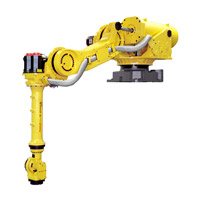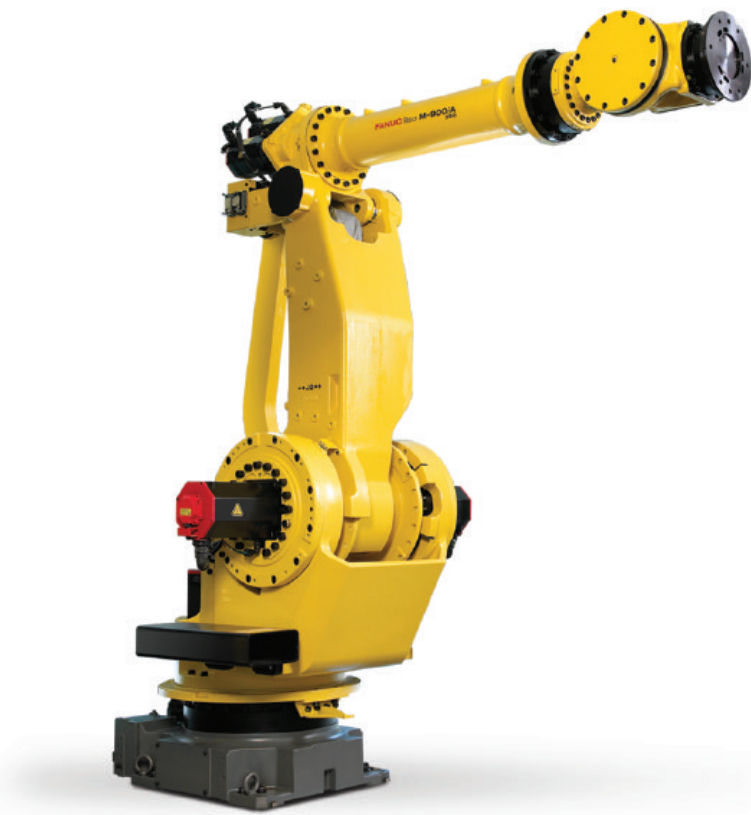FANUC Dual Check Safety
There is a lot that goes into planning a robotic workcell. The application, robot, peripheral equipment, and workspace are some of the main components to consider in order to develop and implement an effective workcell. Another critical aspect that must be accounted for is the safety of the cell.
All Robot safety standards require that proper safeguards are put in place to protect the industrial robot, robot operator, and any other personnel that may be present during the robot’s operation. The ANSI/RIA R15.06-2012 requires the entire work envelope of an industrial robot, including the EOAT, be fully protected. This means some form of barrier must be used to enclose the robot’s workspace. The larger the work envelope the bigger the perimeter, taking up more floorspace. In addition to taking up large amounts of space, safety equipment can add considerable cost to a robotic workcell.
High costs and lack of floorspace can be two reasons why manufacturers avoid robotic automation. Fortunately, FANUC has developed innovative software that addresses both of these issues with their Dual Check Safety (DCS). FANUC’s Dual Check Safety is a software program that can be integrated with their robots that allows for fenceless workcells. The DCS software safeguards the robot, tooling, and operator. The FANUC M-10ia can safely operate in the open on a manufacturing floor with DCS.
Any FANUC robot that uses the R-30iB controller is compatible with DCS software. This includes the FANUC R-2000ic and LR Mate 200id. FANUC’s ROBOGUIDE software is also required as DCS runs through the ROBOGUIDE simulator. With DCS users are able to define safety zones and create a 3D workspace. With this software floorspace requirements are kept to a minimum since physical safety barriers are not needed. Costs for the workcell are also reduced by streamlining equipment requirements.
FANUC’s Dual Check Safety features four main functions; position check, safe zones, speed check, and cartesian position check. Position check is the function used to define the articulated robot workspace using 3D technology. This feature helps conserve floorspace by saving users from having to physically block off work areas by defining the robot’s workspace through the DCS program.
The safe zones function of DCS complies with the ANSI/RIA requirement to protect the workcell operator. For this function a device is needed to alert the robot of an operator’s presence, such as a pressurized mat or light curtains, should he or she enter the workspace. When the operator crosses the devices barrier, the zone around the operator is blocked off. This allows the robot to remain operating while also protecting the operator since the robot is blocked from entering that space.
The speed check function is used to define specific circumstances in which the robot will need to slow its operation speed. This function is used when the minimum distance between the robot and operator must be temporarily reduced. If an operator crosses the light field of an area scanner the FANUC M-20ia is alerted to slow its speed with this function. While the cartesian position check function is used to define the physical work envelope of the robot to restrict the robot motion if needed.
Contact Robots Done Right in order to discuss selling a used FANUC industrial robot today.




